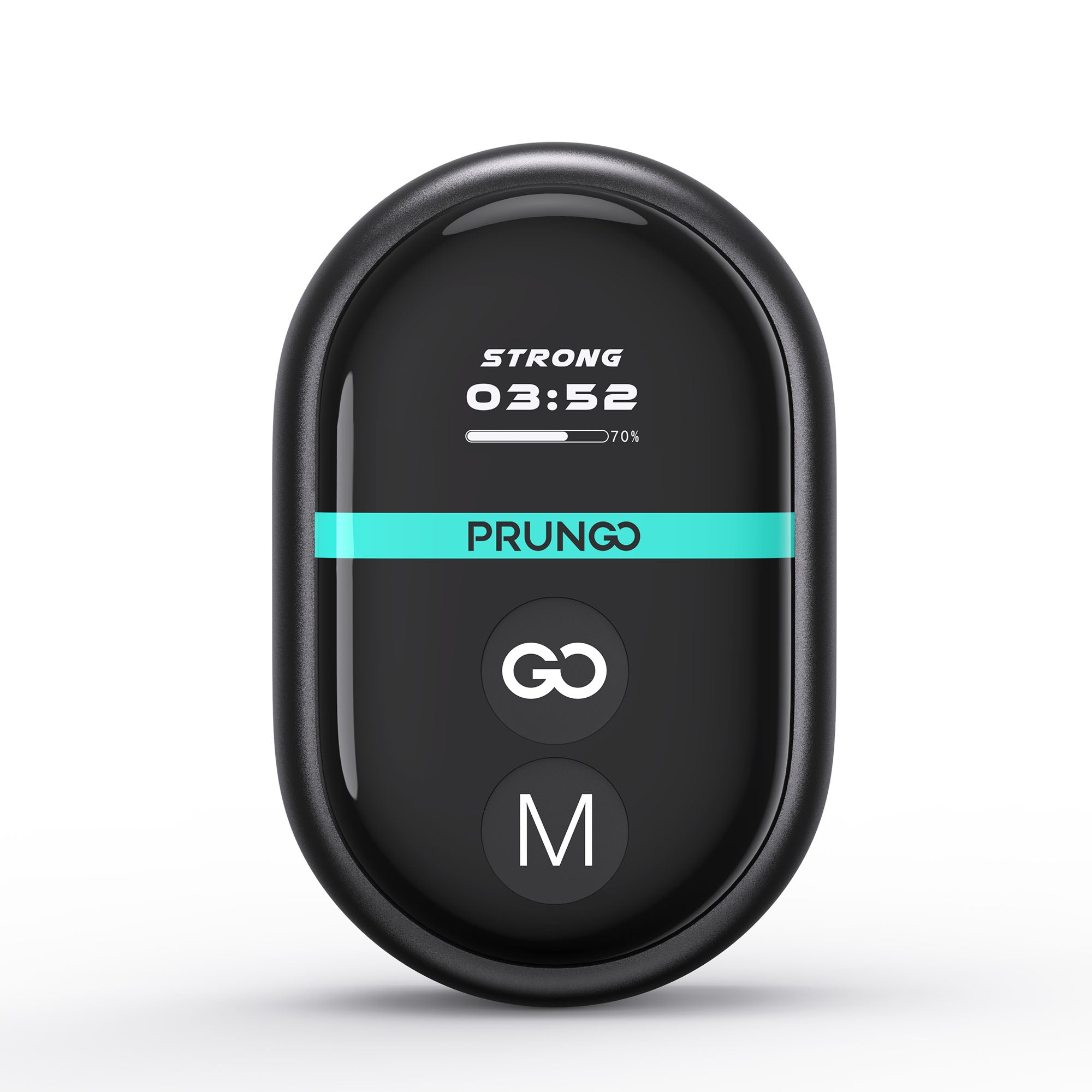
What Does Red Light Therapy Do?
What Does Red Light Therapy Do?
What is red light?
Red light is a specific portion of the electromagnetic spectrum that corresponds to wavelengths ranging from approximately 620 to 750 nanometers. It is one of the colors within the visible light spectrum, which is the range of electromagnetic radiation that the human eye can perceive.
How does red light therapy work?
Red light therapy, also known as photobiomodulation or low-level laser therapy, utilizes specific wavelengths of red and near-infrared light to interact with cells and tissues in the body. These wavelengths typically range from about 600 to 850 nanometers. The primary function of red light therapy is to stimulate a variety of cellular processes, leading to numerous potential benefits. Here's a detailed explanation of what red light therapy does:
Mitochondrial Stimulation:
Red light therapy is absorbed by cytochrome c oxidase, a key component of the mitochondrial respiratory chain. This absorption enhances mitochondrial activity and the production of adenosine triphosphate (ATP), as demonstrated in studies like "Mitochondrial Mechanisms of Photobiomodulation in Context of New Data about Multiple Roles of ATP."
Cellular Energy Production:
Several studies, including "Low-level laser (light) therapy (LLLT) on muscle tissue: performance, fatigue and repair benefited by the power of light," have shown that red light therapy increases ATP production, leading to improved cellular energy, function, and tissue repair.
Cellular Regeneration:
Research like "Effects of Low-Level Laser Therapy on Attachment, Proliferation, and Gene Expression of Vascular Endothelial Cells" demonstrates that red light therapy accelerates cell proliferation and tissue regeneration, making it valuable for wound healing and injury recovery.
Anti-Inflammatory Effects:
Studies, such as "Low-Level Laser (Light) Therapy (LLLT) in Skin: Stimulating, Healing, Restoring," highlight the therapy's ability to reduce inflammation by inhibiting pro-inflammatory cytokines and promoting anti-inflammatory mediators.
Improved Blood Circulation:
Red light therapy's effect on nitric oxide production and vasodilation, demonstrated in research like "Low-Level Laser Therapy (LLLT) Accelerates the Growth of Hair in Human," results in enhanced blood circulation and better oxygen and nutrient delivery to tissues.
Pain Management:
Studies like "Low-Level Laser Therapy (LLLT) in Dentistry" have shown that red light therapy can modulate pain receptors, leading to pain relief, and stimulate the release of endorphins, the body's natural painkillers.
Skin Rejuvenation:
Scientific investigations, such as "Low-Level Laser (Light) Therapy (LLLT) in Skin: Stimulating, Healing, Restoring," have demonstrated the therapy's ability to stimulate collagen production, improve skin elasticity, and reduce the appearance of wrinkles.
Circadian Rhythm Regulation:
Research in "Effects of Phototherapy on Circadian Rhythms and Sleep in Premature Infants" has indicated that red light exposure can influence melatonin production, helping regulate circadian rhythms and improving sleep patterns.
Mood Enhancement:
Studies like "Photobiomodulation for the Brain: A Systematic Review" suggest that red light therapy may positively impact mood and mental well-being, potentially through its effects on neurochemicals and circadian rhythms.
Red light therapy before and after
Red light therapy is a non-invasive treatment that uses red or near-infrared light to stimulate the body's natural processes and promote various health and cosmetic benefits. While results can vary from person to person, here are some examples of conditions and aesthetic concerns where red light therapy has been used, along with some before-and-after scenarios:
Skin Rejuvenation:
Before: A 45-year-old woman with signs of skin aging, including fine lines, wrinkles, and age spots on her face.
After: Following a series of red light therapy sessions, her skin texture improved, the appearance of fine lines and wrinkles reduced, and her skin tone became more even.

Acne Treatment:
Before: A 20-year-old man with acne-prone skin, active breakouts, and redness on his cheeks and forehead.
After: After a course of red light therapy, his acne lesions significantly decreased, redness and inflammation subsided, and his skin became noticeably clearer.
Wound Healing:
Before: A surgical incision from a knee surgery in the process of healing.
After: With the aid of red light therapy, the wound closed faster, the surgical scar diminished, and the overall healing process improved.

Hair Regrowth:
Before: A 30-year-old woman experiencing hair thinning and a receding hairline.
After: Over several months of red light therapy treatments, she observed an increase in hair density, improved hair thickness, and even some regrowth along her receding hairline.
Pain Relief:
Before: A 50-year-old man with chronic knee pain and reduced mobility due to arthritis.
After: Following a series of red light therapy sessions on his knees, his pain decreased, and he experienced improved joint mobility, allowing him to engage in activities with less discomfort.
Muscle Recovery:
Before: A professional athlete with muscle soreness and minor injuries after an intense training session.
After: Post-training red light therapy sessions reduced muscle soreness, hastened his recovery time, and contributed to improved athletic performance.
Psoriasis and Eczema:
Before: A 35-year-old woman with red, itchy, and scaly skin patches on her elbows and knees due to psoriasis.
After: Red light therapy sessions led to reduced inflammation, minimized itching, and an overall improvement in the appearance of her skin patches.
Cellulite Reduction:
Before: A 28-year-old woman with cellulite on her thighs and buttocks.
After: After undergoing a series of red light therapy treatments, she noticed smoother skin texture, a reduction in the appearance of cellulite, and improved skin tightness in the treated areas.
Conclusion
It's important to note that while red light therapy has shown promising results in various applications, individual outcomes can vary, and not all individuals will experience the same level of improvement. The number of treatment sessions, the specific wavelengths of light used, and other factors can influence the effectiveness of the therapy.

PRUNGO MODULE
The Prungo Module effectively alleviates joint pain, reduces inflammation, and promotes the healing of damaged tissues.
- Choosing a selection results in a full page refresh.
!

